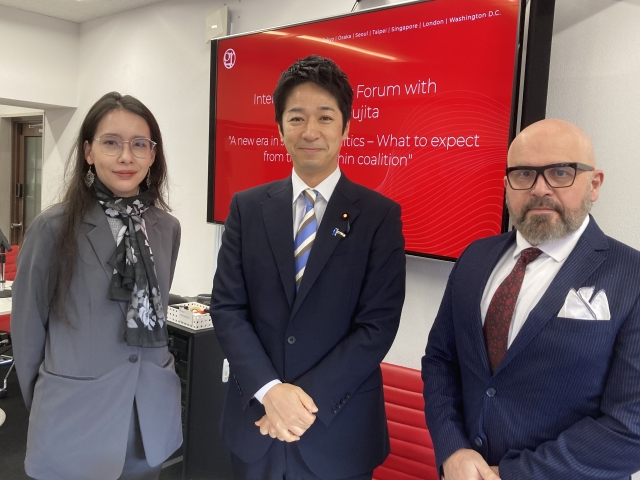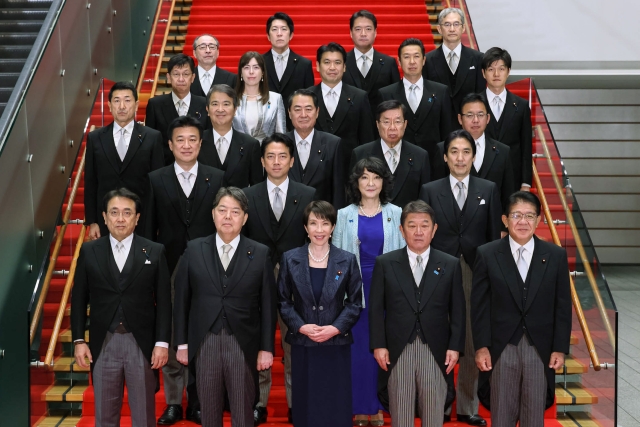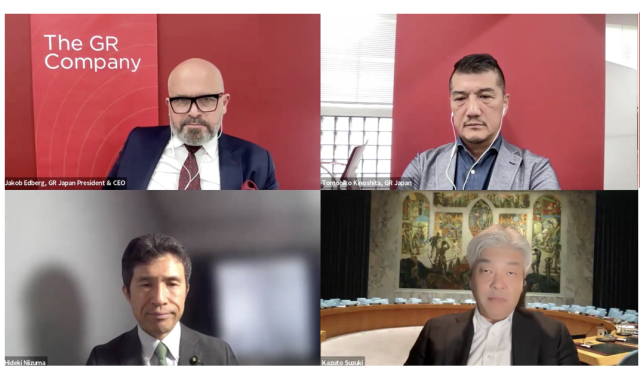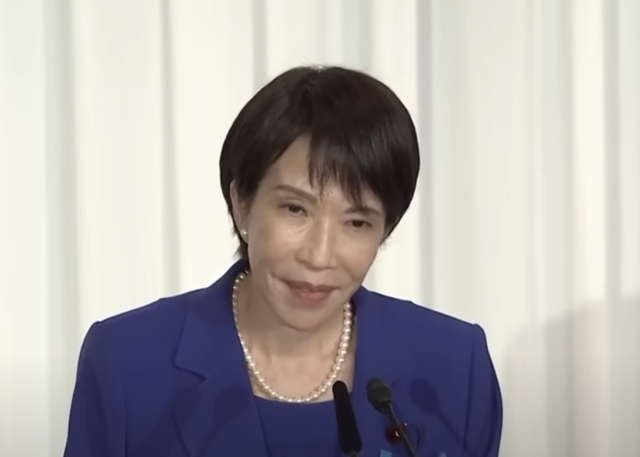GR Japan contributed an article "A Current Look at Corporate Public Affairs in Japan" to the Public Affairs Council newsletter. Please see the article below which was published on 26 September 2016:
"A Current Look at Corporate Public Affairs in Japan"
by Jakob Edberg, Philip Howard and Mina Takahashi, GR Japan K.K.
With a clear victory for his Liberal Democratic Party in July’s House of Councilors election, Prime Minister Shinzo Abe’s impressive ability to garner votes is providing a welcome period of political stability in Japan. This is one of several developments in recent years that have had a positive impact on the development of the public affairs industry in Japan. The Abe Administrations eagerness to attract foreign investment is another important factor, backed up by a raft of new ideas to attract new businesses and to establish Japan as an international trading hub. While the Japanese market deserves due respect, the government’s keenness to make regulatory space for foreign business, and the readiness of Japanese policymakers to engage with foreign players as part of the policymaking process present new opportunities, and help to explain the growth and increased professionalization of Japan’s public affairs sector in in recent years. In this article, Jakob Edberg, Philip Howard and Mina Takahashi from GR Japan analyze recent developments in corporate public affairs in Japan.
A Renewed Public Affairs Environment
On July 10 of this year Prime Minister Shinzo Abe won his fourth consecutive victory in a national election, securing simultaneous majorities in both Houses of the National Diet for his Liberal Democratic Party (LDP) for the first time in 27 years. Although questions are being asked about the long-term sustainability of the positive initial results of the “Abenomics” program, he remains unusually popular for a Japanese Prime Minister – the latest polls show him and his Cabinet enjoying public support of 55%. With opposition parties failing to present an electable alternative, and no national elections now due until December 2018, Abe emerges from the latest elections with a very stable foundation from which to resume his Abenomics agenda.
Predictably, this political stability has been a boon for the public affairs industry in Japan. Prior to Abe’s return to power in December 2012, the rapid rotation of ministers and prime ministers, and the “twisted Diet” – different parties having majorities in each chamber of the national parliament – resulted in inconsistent policymaking and the frequent obstruction of draft legislation. Instead, Japan is now enjoying a period during which government policy has been constant and uncharacteristically well communicated, with the Cabinet finally getting the time it needs to implement policy ideas.
What the period of Democratic Party of Japan (DPJ) rule, from 2009-12, lacked in stability and predictability, it made up for in good intentions. The change of guard led to a re-examination of the way the government did business, and shook Diet members into understanding that they needed to be more proactive in proposing and communicating policy solutions to Japan’s challenges, instead of leaving decisions to faction leaders and bureaucrats. The DPJ’s inexperience and the lack of support from civil servants, many of whom hankered for a return of the LDP, forced DPJ administrations to turn to non-established sources of advice, including those from outside Japan and Japan Inc.
Although Japan appears to have reverted to another period of LDP dominance, the party has not reverted to some of its bad old ways when it comes to policymaking, creating a political environment that is more conducive to engagement:
- First, there is now a strong lead from the top. The LDP’s resurgence is clearly about the vision espoused by Shinzo Abe, not about the party per se, and this gives him a clear mandate to implement a detailed and transparent policy platform;
- Second, the LDP under Abe has learned about the importance of communication and how to bring its policy ideas together under a unifying vision;
- Third, Diet members individually and collectively have come to recognize the need to show results. Parliamentary committees, party policy divisions, and cross-party/single issue parliamentary leagues are playing a more active part in policymaking than in the past, meaning that politicians who are most engaged in specific issues are giving the traditionally powerful bureaucrats a run for their money.
Opportunities for Foreign Players
This parliamentary dynamism has resulted in new opportunities for foreign players in Japan, with those willing to engage constructively and proactively in policy discussion rewarded with access and participation, in both formal and informal settings.
One important part of the Abenomics agenda is a commitment to increase foreign direct investment in Japan from ¥24.4 trillion today to ¥35 trillion yen by the time of the Tokyo Olympics in 2020. To meet this goal, the government has announced a raft of measures designed to turn Japan into an “international trade and investment hub”. This includes various forms of administrative support, subsidies and tax incentives for firms setting up in Japan, the introduction of the world’s fastest “green card” for skilled foreign professionals, and the ability to negotiate the removal of regulatory restrictions in special economic zones.
Despite the government’s welcome, Japan continues to suffer from an image as a country that is somehow impenetrable and incomprehensible. This stereotype was never any truer of Japan than for many other countries. But the image carries a real economic cost as Japan seeks to encourage foreign investment, representing lost opportunity every time potential investors in the market assume – without a proper look – that other markets will be more familiar.
The most important message about public affairs in Japan therefore is that while it may require a local twist, the reality is that the same practices and methods that work in Washington D.C. or Brussels are just as effective in Japan. Entering the Japanese market does present challenges, as does entering any other market. But new entrants might be surprised to see how foreign firms are being welcomed, are engaging, have successfully embedded themselves, and are thriving in Japan.
The past decade has seen an important rebalancing of the dynamics between Japan’s old power centers – the ministries and the ruling party – and other stakeholders. In particular, the Prime Minister’s Office, Cabinet Office and Cabinet Secretariat (which do not always have the same agenda as the prime minister’s own party) have played a key role in tackling vested interests and overcoming resistance to change. There is also, crucially, an increased role in policy debate for academia, the media and public opinion. These changes too have created opportunities for foreign players, with new business models, technologies and solutions. While there are exceptions that prove the rule, competition between these rival power centers, particularly the impact of public opinion, has had a positive effect on Japan’s political governance, and has helped level the playing field for non-Japanese players.
There are still many local and cultural issues to contend with in Japanese public affairs, of course, including complex and deliberate decision-making processes, the need to navigate hierarchy and protocol, and the value placed on long-term relationships - something that is by definition a challenge for newcomers. But these issues are no more insurmountable than their equivalents in many other markets around the world.
Professionalization of Public Affairs in Japan
Taken together, the changes in Japanese policymaking and politics in recent years explain why Japan has seen the rapid growth of a professional public affairs sector, and the rise of companies – GR Japan is just one example – that combine very familiar international public affairs practices with local understanding, networks and relationships. For now, the trend appears to be self-sustaining. As the public affairs industry has grown in Japan, Japanese policymakers have become more familiar and more receptive to international public affairs practices, enhancing Japanese policymakers’ access to global thinking and international best practice, and enriching the policy dialogue. It has been particularly pleasing to see how Japanese firms are turning to foreign public affairs companies and practices in Japan, hoping to achieve the same results they have seen foreign firms achieve. While it was rare to find Japanese firms with a government affairs function a few years ago, the number is now increasing apace, with public affairs recognized as a discipline in its own right.
Although much has changed, one thing that remains the same is that Japan is a technocracy. Japanese officials and legislators are still a technical elite, who work hard and study hard. Japanese media not only enjoy world-leading circulation, but are also well informed and technically informative, with little sign of “dumbing down”. The level of technical expertise across Japanese government can be remarkably high, so the need for public affairs practitioners to prepare thoroughly, to study and to spend time understanding and mapping the political and policy landscape, is as high as it has ever been.
Japan will not return to the days where important decisions were made in its famous smoke-filled backrooms. The public, the media and a new generation of Diet members will see to that. The growth of the public affairs sector in Japan is all set to continue.
###



